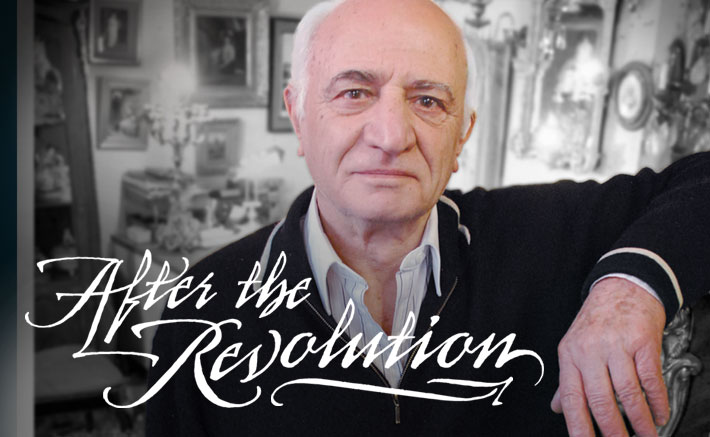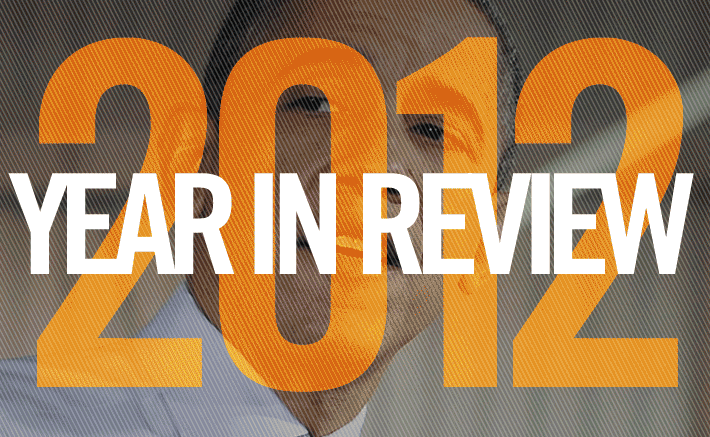
Revolution Days
Quick history lesson: In 1941 Mohammed Reza Pahlavi inherited the Iranian throne as Shah (or “King”), and developed Iran as a modernized, Westernized, secular nation. The Jews in Iran were largely prosperous under the Shah, but many citizens (including Muslims and Jews) were discontented under his authoritarian rule. In 1978 mass public demonstrations against the Shah broke out. Within a year, the Shah fled the country in exile. Ayatollah Ruhollah Khomeini, an Islamic religious leader who had earlier been exiled by the Shah, returned in this gap to lead the revolts. Khomeini then took full power of Iran in what was either a popular revolution or a small coup, depending upon whom you ask.
Under the new Islamic Republic, the Jewish minority in Iran was technically free to remain and practice their religion—only without many of their basic rights (female rights, open higher education, free speech) and without a sense of security. Khomeini’s regime had many of the Shah’s old supporters executed—these executions were emphasized as non-religious, but as many of the Shah’s supporters were Jewish, it was hard to tell the real motive behind the killings.
“Every day they would hang more than 20 people,” says Youhana Sabi, another Iranian immigrant who now owns an antique shop in Great Neck, as he reflects on the years in Iran after 1979.
Sitting over his shop desk, he makes his hands hold up an imaginary machine gun, and says, “People in the streets with guns, and they…” Here he sprays the invisible gun back and forth.

Painting by Mina Rabbani Babazadeh
Mina Rabbani Babazadeh, a painter and mother who now lives in Roslyn, describes how she watched as two male students she knew were shot down in the street. Her father’s cousin was executed when falsely accused of being a spy.
As the bloodshed continued, most of the Jews in Iran found ways out. Before the revolution there were an estimated 100,000 Jews in Iran. Now, that number is believed to be around 25,000, and sometimes estimated as low as 10,000. Mina Rabbani Babazadeh and David Sadeh were both young single adults at the time, part of the main demographic of those who were able to escape.
But Youhana Sabi was a married man with three children by this time, and escape was not so easy. He tried to remain in Iran under the new regime, but after eight years he took his wife and children on a route into Pakistan, on foot through the mountains so they would not get caught and sent back to the capital. They spent time in Pakistan, then in Vienna, and then finally made it to their new home in Great Neck.
Of the tens of thousands of Iranian emigrants that came to the United States at the time, most went straight to two places: Los Angeles and Great Neck. According to census data, Great Neck today has a higher concentration of Iranian descendants than anywhere else in America.






